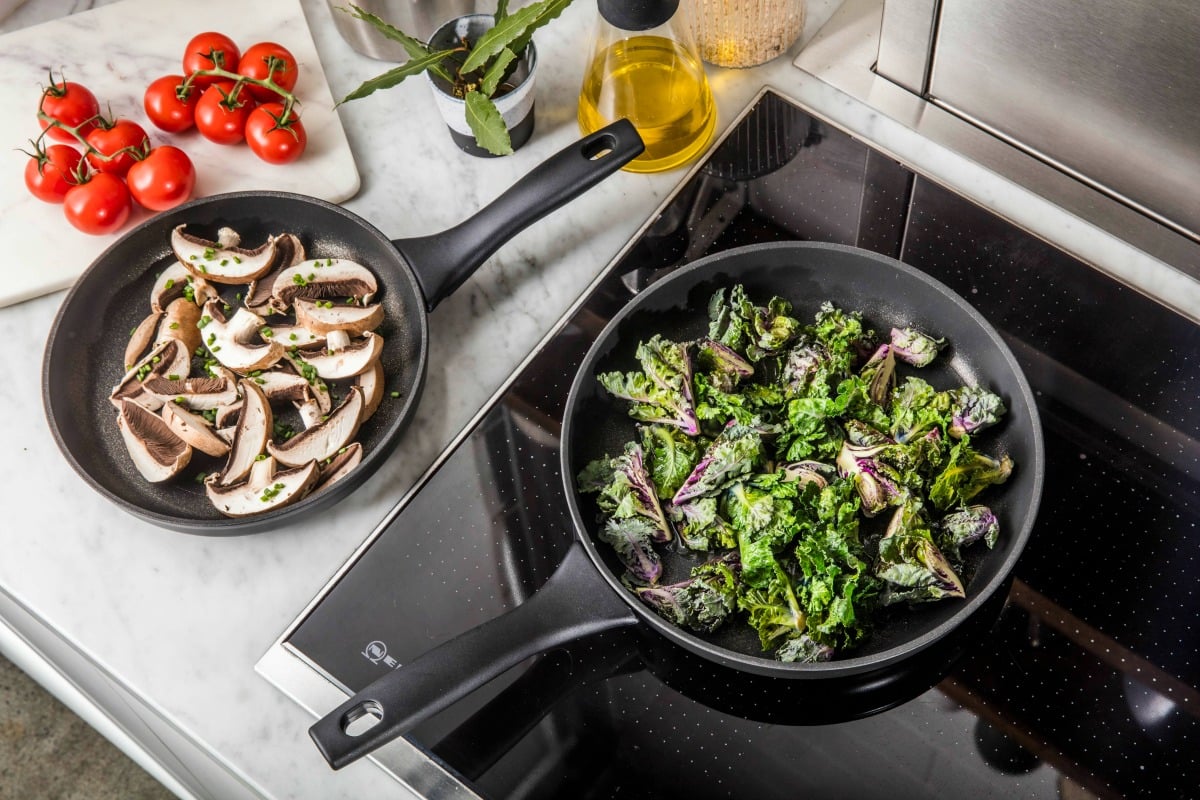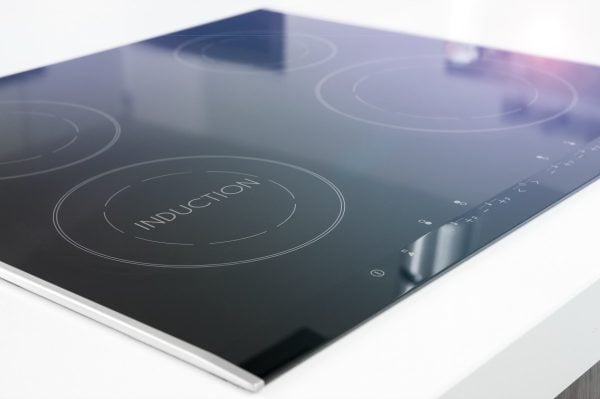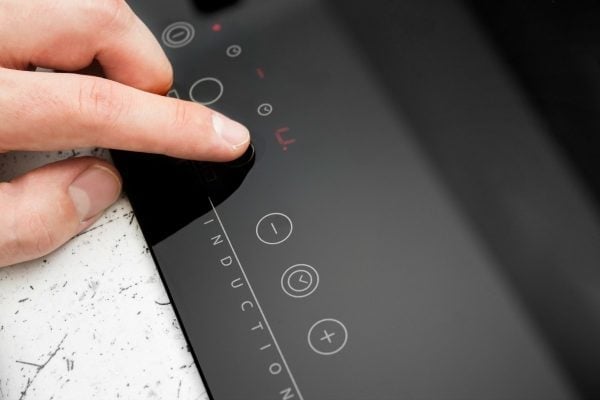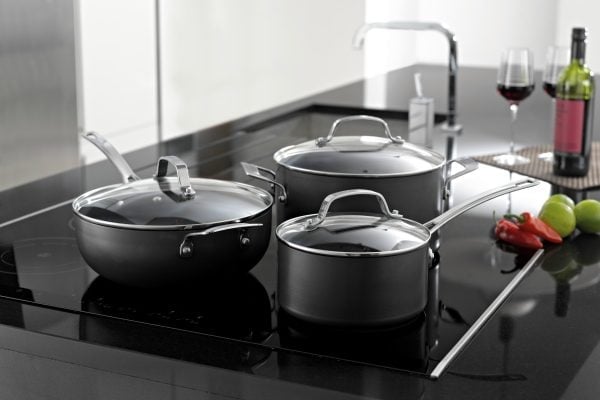

The first time I came across an induction stovetop was during a Thai cooking class. The chef was just beginning her demonstration when she couldn’t stop talking about how great induction cooktops were and that she had also recently had one installed at home.
I peered at the elements that looked sleek and worlds away from the other electric cooktops I’d previously used. There were no bulging elements, just a clean and clear ceramic glass surface with faint circles marked on it.
The two biggest benefits, the chef explained, were that they heat up fast so they save you time, and are safer to use.



